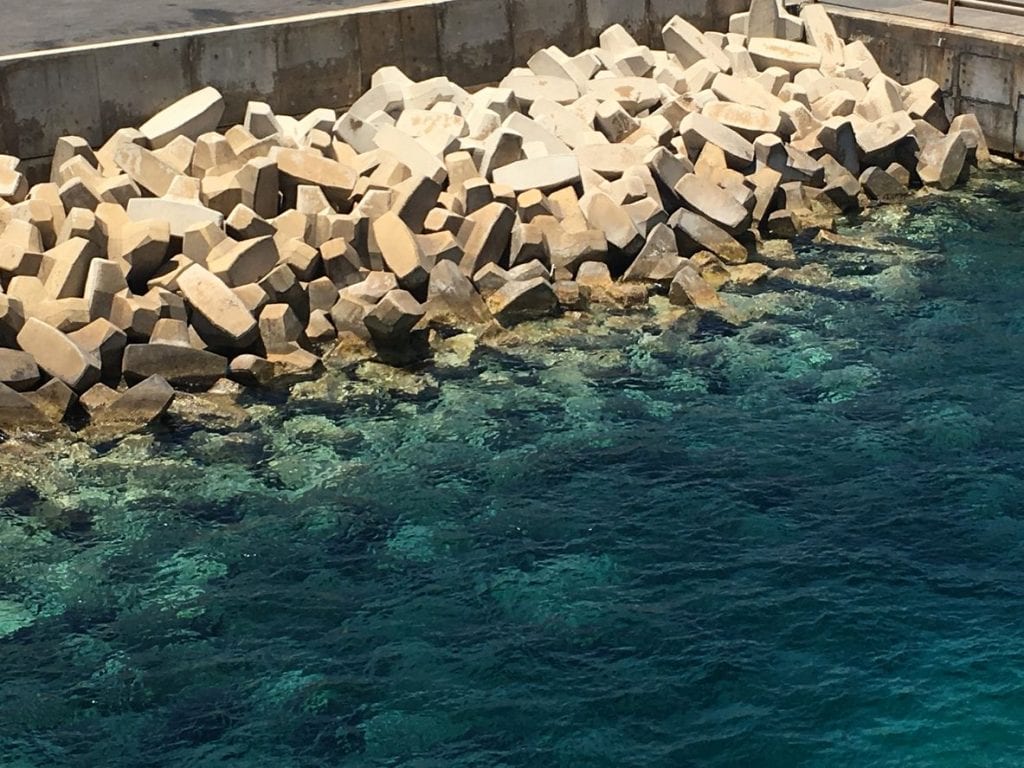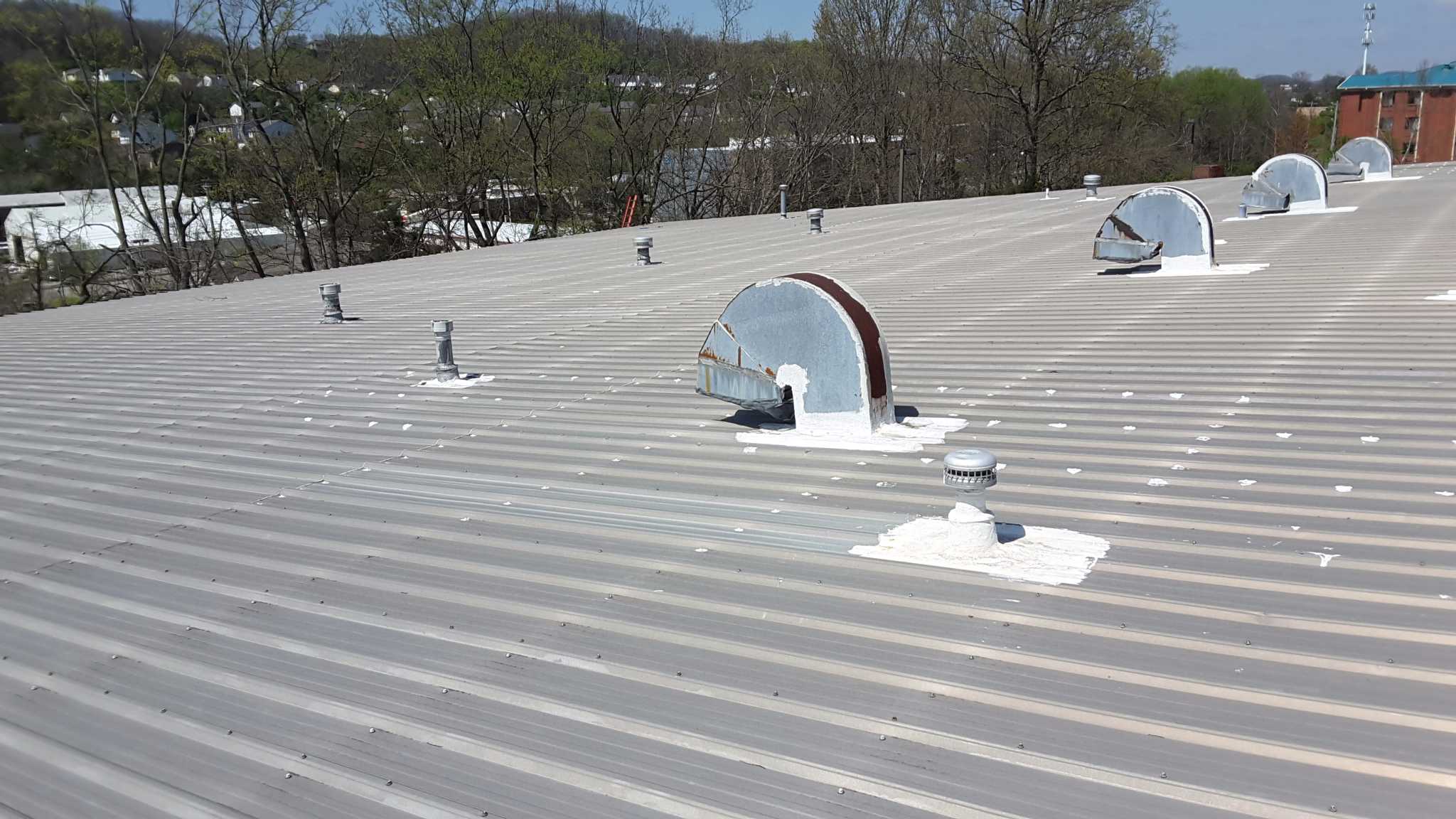Sea Level Rise: A Looming Disaster For Coastal Areas

Table of Contents
Causes of Sea Level Rise
Several interconnected factors contribute to the alarming rise in global sea levels. Understanding these causes is the first step towards effective mitigation.
Thermal Expansion
As the Earth's climate warms, ocean water expands. This thermal expansion is a significant contributor to sea level rise.
- Global warming: The burning of fossil fuels releases greenhouse gases, trapping heat in the atmosphere and warming the oceans.
- Greenhouse gas emissions: Carbon dioxide, methane, and nitrous oxide are the primary greenhouse gases driving global warming and consequently, thermal expansion.
- Percentage of sea level rise: Thermal expansion accounts for a substantial portion (approximately 30-50%) of observed sea level rise.
Melting Glaciers and Ice Sheets
The melting of glaciers and ice sheets in Greenland and Antarctica is another major driver of sea level rise. This process is accelerating at an alarming rate.
- Accelerating ice melt: Rising temperatures are causing glaciers and ice sheets to melt at an increasingly rapid pace.
- Greenland and Antarctic ice sheets: Both contribute significantly to rising sea levels, with Greenland experiencing particularly rapid ice loss.
- Annual ice loss: The annual volume of ice lost from these regions is substantial, translating into measurable increases in global sea levels. Data from various sources show millions of tons of ice are lost annually, significantly impacting global sea levels.
Groundwater Extraction
The excessive pumping of groundwater for human use contributes to land subsidence, which causes a relative rise in sea level. This is a localized but significant factor.
- Land subsidence: As groundwater is extracted, the land above compacts, leading to a decrease in land mass and a relative rise in sea level.
- Regions heavily impacted: Coastal areas with high rates of groundwater extraction, such as parts of California and Mexico City, are particularly vulnerable.
- Global groundwater extraction rates: The global rate of groundwater extraction is unsustainable in many regions, exacerbating the problem of land subsidence and relative sea level rise.
Impacts of Sea Level Rise on Coastal Areas
The impacts of rising sea levels on coastal areas are widespread and severe, posing significant threats to both natural and human systems.
Coastal Erosion and Flooding
Rising sea levels exacerbate coastal erosion, leading to the loss of beaches, wetlands, and other valuable coastal habitats. Increased flooding is also a major consequence.
- Infrastructure damage: Roads, buildings, and other infrastructure are vulnerable to damage from increased coastal erosion and flooding.
- Population displacement: Coastal communities are increasingly at risk of displacement due to erosion and flooding.
- Affected coastal regions: Low-lying coastal areas worldwide are experiencing the devastating impacts of coastal erosion and flooding, including Bangladesh, the Netherlands, and numerous island nations.
Saltwater Intrusion
Rising sea levels cause saltwater intrusion into freshwater aquifers, contaminating drinking water sources and impacting agriculture.
- Drinking water supplies: Saltwater intrusion threatens the availability of freshwater for drinking and other uses.
- Impact on agriculture: Saltwater contamination of agricultural lands reduces crop yields and threatens food security.
- Regions experiencing saltwater intrusion: Coastal regions worldwide are experiencing saltwater intrusion, with significant impacts on water resources and agriculture.
Loss of Biodiversity and Habitats
Rising sea levels threaten coastal ecosystems, such as wetlands, coral reefs, and mangroves, leading to the loss of biodiversity and habitats.
- Coastal wetland loss: Wetlands act as natural buffers against storms and provide vital habitats for numerous species. Rising sea levels threaten their existence.
- Coral reef degradation: Coral reefs are highly sensitive to changes in water temperature and salinity, and rising sea levels exacerbate these stresses.
- Endangered species: Many plant and animal species that depend on coastal habitats are threatened by rising sea levels.
Mitigation and Adaptation Strategies for Sea Level Rise
Addressing sea level rise requires a multi-pronged approach focusing on both mitigation and adaptation.
Reducing Greenhouse Gas Emissions
The most effective strategy for addressing sea level rise is to significantly reduce greenhouse gas emissions to slow the rate of global warming.
- Renewable energy sources: Transitioning to renewable energy sources, such as solar, wind, and geothermal energy, is crucial for reducing emissions.
- Carbon capture technologies: Developing and deploying carbon capture and storage technologies can help remove carbon dioxide from the atmosphere.
- International agreements and policies: International agreements, such as the Paris Agreement, aim to reduce greenhouse gas emissions globally.
Coastal Protection Measures
Implementing coastal protection measures can help mitigate the immediate impacts of sea level rise.
- Seawalls, breakwaters, and beach nourishment: These engineering solutions can protect coastal communities from erosion and flooding.
- Cost-effectiveness and environmental impact: The cost-effectiveness and environmental impacts of different coastal protection methods must be carefully considered.
- Limitations of these measures: Coastal protection measures are often expensive and may not be sustainable in the long term.
Relocation and Adaptation Planning
In some cases, relocation of vulnerable coastal communities may be necessary, alongside comprehensive adaptation planning.
- Managed retreat: Planned relocation of communities away from vulnerable coastal areas may be necessary.
- Community engagement: Community engagement and participation are crucial for successful relocation and adaptation planning.
- Equitable relocation policies: Equitable relocation policies must be implemented to ensure that vulnerable populations are not disproportionately affected.
Conclusion
Sea level rise poses a severe and escalating threat to coastal communities globally. Understanding the causes, impacts, and available mitigation and adaptation strategies is crucial. By reducing greenhouse gas emissions and implementing effective coastal protection and adaptation measures, we can work to minimize the devastating effects of sea level rise. We must act decisively and collaboratively to safeguard our coastal areas and the populations that depend on them. Addressing sea level rise effectively requires immediate and sustained action from individuals, communities, and governments worldwide. Ignoring the threat of sea level rise is simply not an option; proactive strategies are essential for the future.

Featured Posts
-
 Pentagons Greenland Plan Re Examining Us Military Presence And Geopolitical Implications
May 11, 2025
Pentagons Greenland Plan Re Examining Us Military Presence And Geopolitical Implications
May 11, 2025 -
 Aaron Judges Lineup Spot Boones Comments And The Leadoff Debate
May 11, 2025
Aaron Judges Lineup Spot Boones Comments And The Leadoff Debate
May 11, 2025 -
 80 Game Suspension For Jurickson Profar A Major League Baseball Update
May 11, 2025
80 Game Suspension For Jurickson Profar A Major League Baseball Update
May 11, 2025 -
 Jon M Chu On A Potential Crazy Rich Asians Tv Series
May 11, 2025
Jon M Chu On A Potential Crazy Rich Asians Tv Series
May 11, 2025 -
 Analysis Jurickson Profars 80 Game Suspension For Ped Use
May 11, 2025
Analysis Jurickson Profars 80 Game Suspension For Ped Use
May 11, 2025
Latest Posts
-
 Classic Ford Gt Restoration A Case Study By Lynx
May 11, 2025
Classic Ford Gt Restoration A Case Study By Lynx
May 11, 2025 -
 Ford Gt Restoration The Lynx Approach To Automotive Excellence
May 11, 2025
Ford Gt Restoration The Lynx Approach To Automotive Excellence
May 11, 2025 -
 Indy 500 Palous Pole Position Highlights Andrettis Difficulties
May 11, 2025
Indy 500 Palous Pole Position Highlights Andrettis Difficulties
May 11, 2025 -
 First Gen Ford Gt Restoration Lynxs Expertise On Display
May 11, 2025
First Gen Ford Gt Restoration Lynxs Expertise On Display
May 11, 2025 -
 Lynx Brings First Gen Ford Gt Back To Life A Complete Restoration
May 11, 2025
Lynx Brings First Gen Ford Gt Back To Life A Complete Restoration
May 11, 2025
